Boat guide posts are crucial for safe navigation, offering clear markers to help vessels avoid obstacles and stay on course, reducing accidents and enhancing maritime efficiency.
1.1 Definition and Purpose of Boat Guide Posts
Boat guide posts are vertical structures or markers designed to assist vessels in navigating waterways safely. They are typically placed along channels, harbors, or near obstacles to provide visual guidance. Their primary purpose is to help boaters stay on course, avoid collisions, and identify safe passages. These posts often include reflective materials or lighting for enhanced visibility, especially in low-light conditions. By marking hazards and indicating navigation routes, boat guide posts play a critical role in maritime safety and operational efficiency.
1.2 Importance of Boat Guide Posts in Navigation
Boat guide posts are essential for ensuring safe and efficient maritime navigation. They help prevent accidents by clearly marking hazards and channels, reducing the risk of collisions. These posts are particularly vital in busy waterways, where clear visual cues are critical. By providing consistent guidance, they enhance overall maritime safety, reduce operational risks, and support the smooth flow of vessel traffic. Their presence minimizes navigation errors, protecting both vessels and the environment from potential damage.
1.3 Brief History of Boat Guide Posts
Boat guide posts have a long history, dating back to ancient maritime civilizations. Early versions used natural landmarks and simple wooden markers to guide vessels. Over centuries, their design evolved, incorporating metal and reflective materials for better visibility. The industrial revolution brought standardized manufacturing, while modern innovations like solar-powered lights and smart sensors have enhanced functionality. Today, they remain a cornerstone of safe navigation, blending tradition with cutting-edge technology to meet the demands of contemporary maritime travel.

Types of Boat Guide Posts
Boat guide posts come in various forms, each designed for specific environments and purposes, ensuring safe navigation, docking, and mooring in diverse waterway conditions and locations.
2.1 Fixed Guide Posts
Fixed guide posts are permanent structures installed along waterways to provide clear navigational markers for boats. Constructed from durable materials like steel, concrete, or wood, they withstand harsh weather and water conditions. These posts are often equipped with reflective surfaces or lights to enhance visibility, especially at night or in low-light environments. Strategically placed in marinas, harbors, or busy channels, they help boats maintain proper alignment and avoid collisions, ensuring safe and efficient navigation.
2.2 Floating Guide Posts
Floating guide posts are navigational markers designed to adapt to changing water levels, ensuring consistent visibility. Constructed from durable materials like PVC or steel, they are highly buoyant and resistant to marine conditions. Equipped with reflective tape or lights, they enhance visibility during the day and night. Often used in busy waterways or shallow areas, floating guide posts provide clear directional cues, helping boats navigate safely and avoid obstacles. Their stability and visibility make them essential for maritime safety.
2.3 Adjustable Guide Posts
Adjustable guide posts offer flexibility in height and angle, making them ideal for dynamic water environments. Constructed from durable materials like stainless steel or fiberglass, they can be customized to suit varying water levels and navigation needs. Equipped with reflective tape or solar-powered lights, they enhance visibility in all conditions. Their adaptability ensures they remain effective in rivers, coastal areas, or regions with fluctuating tides, providing reliable guidance for mariners and reducing the risk of accidents in challenging waterways.
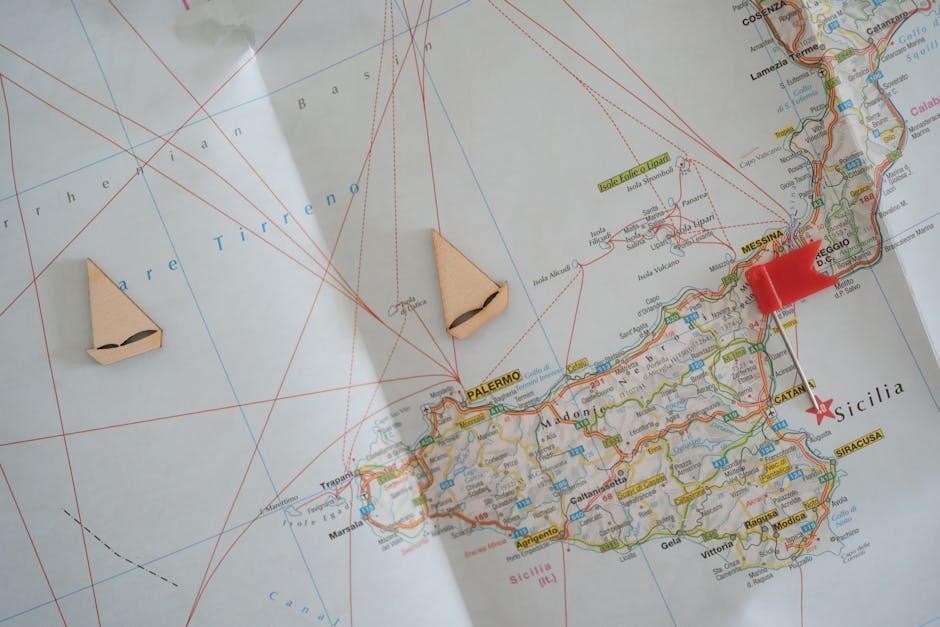
Key Features of Effective Boat Guide Posts
Effective boat guide posts prioritize visibility, using reflective materials for clear navigation. They must be durable, with weather-resistant finishes, and stable, enduring harsh marine conditions reliably.
3.1 Visibility and Reflectivity
Visibility and reflectivity are essential for boat guide posts to ensure clear navigation, especially in low-light conditions. High-quality reflective materials and bright colors enhance conspicuity, while LED lighting or solar-powered illumination can improve nighttime visibility. Strategic placement and proper maintenance are crucial to ensure guides remain easily identifiable. Compliance with maritime standards ensures consistency and reliability, aiding sailors in safely navigating waterways. Effective visibility features reduce accidents and enhance overall maritime safety, making them a cornerstone of efficient navigation systems.
3.2 Durability and Material Quality
Durability and material quality are vital for boat guide posts to withstand harsh marine environments. High-grade materials like galvanized steel, fiberglass, or PVC ensure resistance to corrosion, weathering, and impact. UV-resistant coatings protect against sunlight degradation, while reinforced structures enhance stability. Durable materials minimize maintenance needs and extend lifespan. Regular inspections and timely repairs further ensure reliability. Investing in superior materials guarantees long-term performance, making guide posts dependable for safe navigation in challenging conditions.
3.3 Stability and Resistance to Weather Conditions
Boat guide posts must maintain stability and resist harsh weather to ensure reliable navigation. Constructed from durable materials like galvanized steel, fiberglass, or PVC, they withstand corrosion and wear. Low center of gravity designs and robust anchoring systems prevent tilting in strong winds or currents. Protective coatings and UV-resistant finishes shield against environmental degradation, ensuring longevity and consistent performance in all conditions.
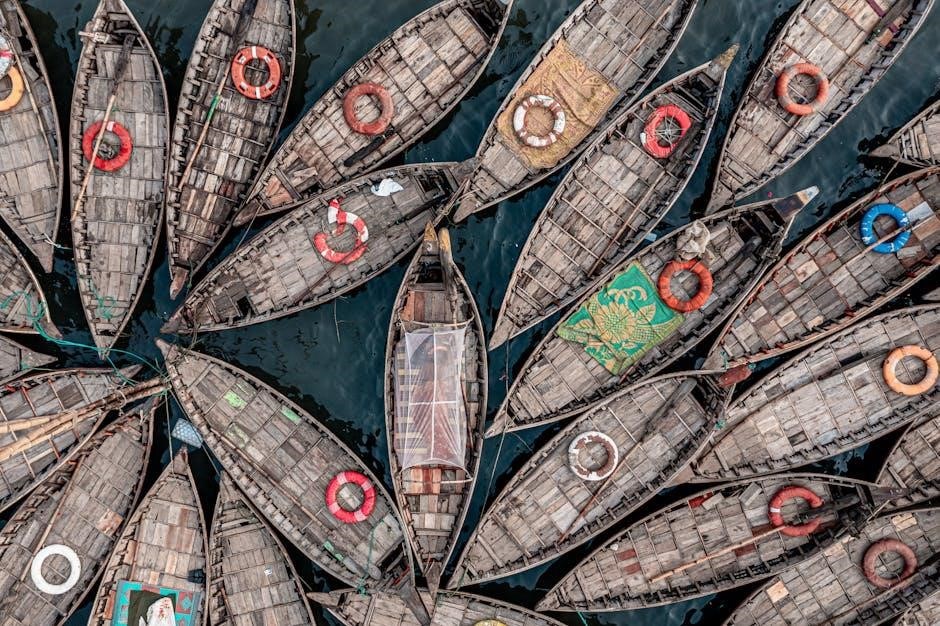
Installation and Maintenance of Boat Guide Posts
Proper installation ensures stability, while regular maintenance, including cleaning and inspections, prolongs durability, keeping guide posts effective and secure in various marine environments.
4.1 Installation Considerations
Proper installation of boat guide posts requires strategic placement near navigation channels, ensuring visibility and accessibility. Durable materials like steel or fiberglass are ideal for withstanding harsh marine conditions. Anchoring systems must be secure to prevent shifting due to currents or weather. Consider environmental factors, such as avoiding sensitive habitats, and ensure compliance with local regulations. Visibility enhancers, like reflective coatings, should be added for nighttime navigation. Regular inspections post-installation are crucial to maintain functionality and safety.
4.2 Maintenance Tips for Longevity
Regular inspections are essential to ensure boat guide posts remain functional. Clean reflective surfaces to maintain visibility and check for structural damage from weather or collisions. Apply protective coatings to prevent corrosion, especially in saltwater environments. Secure anchoring systems to prevent shifting and replace worn or faded markers promptly. Schedule annual maintenance to assess stability and alignment, ensuring guides remain reliable for navigators. Addressing issues early extends lifespan and maintains safety standards.
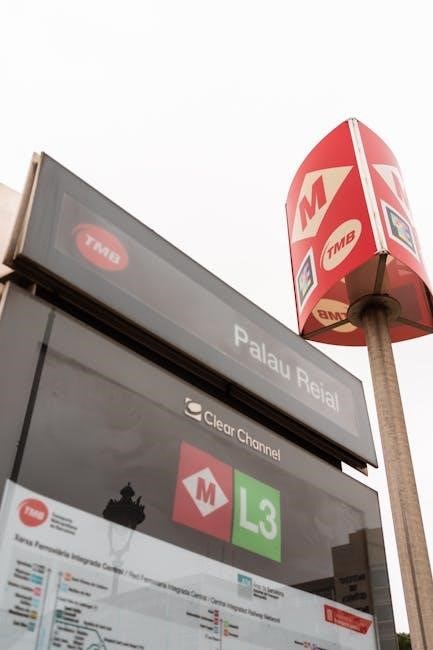
Safety Guidelines for Using Boat Guide Posts
Adhering to safety guidelines when using boat guide posts is crucial. Proper alignment helps prevent collisions, while monitoring weather conditions ensures safe navigation. Regular inspections maintain reliability and compliance with maritime regulations.
5.1 Proper Alignment and Positioning
Proper alignment and positioning of boat guide posts are essential for safe navigation. They ensure clear visibility and prevent collisions by guiding vessels through waterways effectively. High-visibility materials, such as reflective coatings or bright colors, enhance their effectiveness, especially in low-light conditions. Incorrect positioning can lead to navigational errors, while accurate placement ensures smooth passage. Regular inspections and adjustments are crucial to maintain their reliability and alignment with changing water levels or environmental conditions, ensuring maritime safety remains a priority.
5.2 Avoiding Collisions with Guide Posts
Avoiding collisions with boat guide posts is essential for maritime safety. Proper positioning and visibility of guide posts help prevent accidents. Boats should maintain a safe distance and reduce speed in areas with guide posts. Using reflective materials and bright colors on posts enhances visibility, especially at night or in low-light conditions. Crews should remain vigilant and adhere to navigation guidelines to minimize the risk of collisions, ensuring smooth and safe passage through waterways.
5.3 Emergency Procedures
In emergency situations, boat guide posts play a critical role in ensuring safety. Crews should be trained to use guide posts for stabilizing vessels or signaling for help. In case of a collision, securing the boat and contacting authorities via VHF radio or EPIRB is essential. Guide posts can also serve as markers for rescue teams, aiding in quick location and recovery. Regular drills and emergency preparedness are vital to handle such scenarios effectively, minimizing risks and ensuring timely assistance.

Environmental Impact of Boat Guide Posts
Boat guide posts can affect marine ecosystems, but eco-friendly designs and responsible installation minimize disruption. Durable materials reduce long-term environmental impact, promoting sustainability in waterways.
6.1 Minimizing Environmental Disruption
Eco-friendly materials like recycled plastics or sustainably sourced wood reduce the environmental impact of boat guide posts. Designs that allow water to flow naturally prevent habitat disruption for marine life. Non-toxic paints and coatings avoid chemical contamination. Proper installation in areas with minimal ecological sensitivity further reduces disruption. Regular inspections ensure posts remain stable, preventing unintended environmental damage. By prioritizing eco-conscious practices, boat guide posts can effectively serve their purpose while preserving marine ecosystems and promoting sustainability in waterways.
6.2 Eco-Friendly Materials and Designs
Eco-friendly materials like recycled plastics, sustainably sourced wood, and low-carbon metal alloys are increasingly used for boat guide posts. These materials reduce environmental impact while maintaining durability. Designs incorporating natural colors and shapes blend seamlessly with marine environments, minimizing visual disruption. Solar-powered lighting and modular designs further enhance sustainability, reducing maintenance needs and waste. By integrating eco-conscious materials and innovative designs, boat guide posts can support navigation while protecting marine ecosystems and promoting environmental stewardship in waterways.
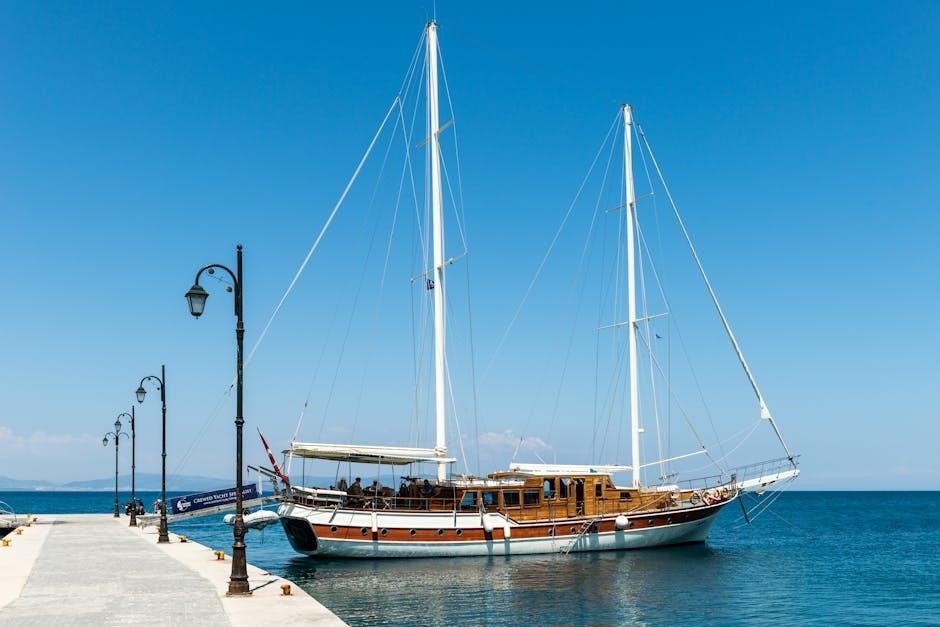
Regulatory Standards for Boat Guide Posts
Regulatory standards ensure boat guide posts meet safety and design requirements, adhering to international and local maritime guidelines for optimal functionality and compliance in various waterways.
7.1 International Maritime Organization (IMO) Guidelines
The International Maritime Organization (IMO) establishes global standards for boat guide posts, ensuring they meet safety, visibility, and durability requirements. These guidelines dictate the use of reflective materials, stable structures, and clear markings to aid navigation. Compliance with IMO standards is crucial for maintaining maritime safety and efficiency worldwide. By adhering to these regulations, boat guide posts effectively guide vessels through busy waterways, reducing collisions and enhancing overall navigation accuracy.
7.2 Local and Regional Regulations
Local and regional regulations for boat guide posts vary by jurisdiction but often include specific requirements for placement, materials, and maintenance. These rules may be stricter than international standards, depending on local environmental or navigational needs. For example, harbors or busy waterways may require additional markings or permits. Compliance with these regulations ensures safety and consistency, while also addressing community or ecological concerns. Authorities often provide detailed guidelines to help stakeholders understand and implement these requirements effectively.
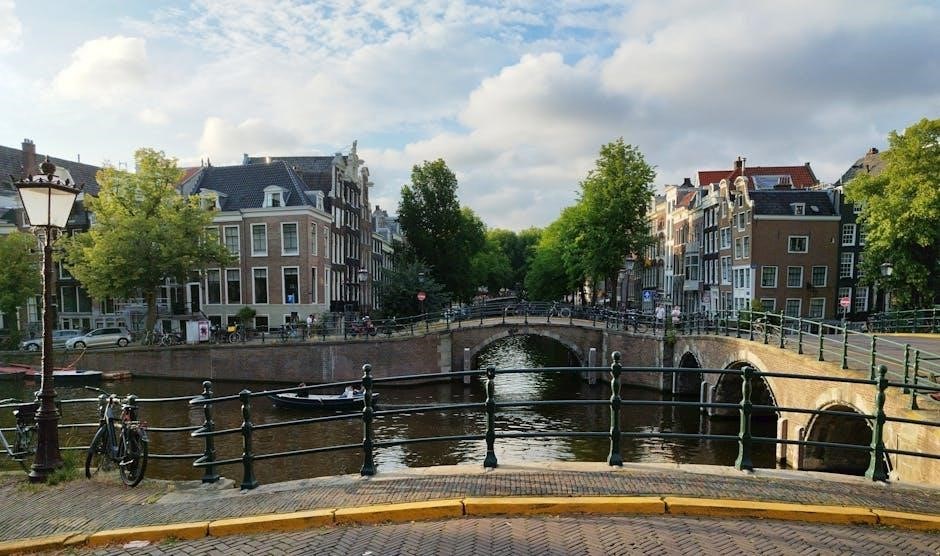
Case Studies and Real-World Applications
Real-world applications of boat guide posts demonstrate their effectiveness in busy waterways, enhancing navigation safety and reducing accidents. Case studies highlight successful implementations and lessons learned.
8.1 Success Stories in Busy Waterways
Boat guide posts have proven instrumental in enhancing navigation safety in bustling waterways like the English Channel and the Strait of Malacca. By providing clear markers, they reduce accidents and improve traffic flow. In the busy ports of Rotterdam and Singapore, guide posts have minimized congestion and increased maritime efficiency. Their durability and visibility ensure reliable navigation, even in harsh weather conditions, protecting both vessels and the environment from potential collisions and spills. These success stories underscore their vital role in modern maritime operations.
8.2 Lessons Learned from Failures
Failures in boat guide post systems often stem from improper positioning, inadequate materials, or insufficient maintenance. For instance, guide posts in high-traffic areas like the Panama Canal initially failed due to poor visibility and weak structural integrity. These setbacks highlighted the need for improved designs, such as reinforced materials and enhanced reflectivity. Additionally, extreme weather events revealed vulnerabilities, leading to the development of more durable and weather-resistant guide posts. These lessons have significantly improved modern navigation systems, ensuring greater reliability and safety for mariners.
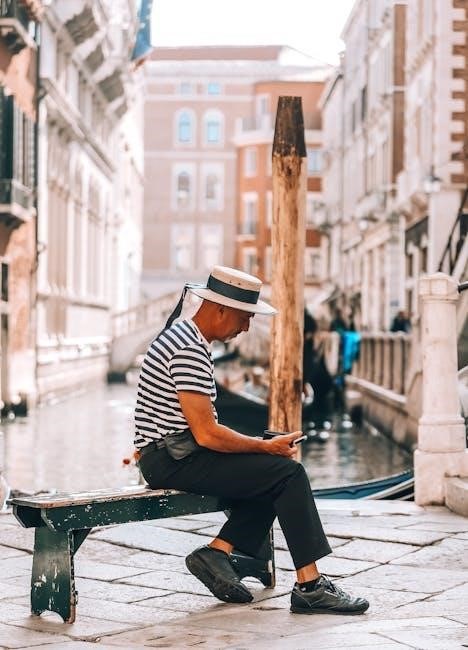
Innovations in Boat Guide Post Technology
Modern advancements include smart guide posts with sensors and IoT connectivity, providing real-time navigation data. Solar-powered and eco-friendly designs enhance durability while reducing environmental impact and maintenance costs.
9.1 Smart Guide Posts with Sensors
Smart guide posts with sensors represent a leap forward in navigation technology. Equipped with IoT connectivity, these posts provide real-time data on water conditions, traffic, and weather, enhancing safety and efficiency. Sensors monitor factors like water depth, currents, and obstacle presence, transmitting critical information to vessels. This technology integrates with maritime systems, offering dynamic guidance and reducing human error. Solar-powered options further improve reliability, ensuring continuous operation in remote areas. These innovations are revolutionizing marine navigation, making waterways smarter and safer for all users.
- Real-time environmental monitoring
- IoT connectivity for data sharing
- Enhanced safety through accurate navigation
- Solar-powered sustainability
- Integration with existing maritime systems
- Eco-friendly and renewable energy source
- Energy-efficient LED lighting
- Durable solar panels for long-term use
- Low maintenance and cost-effective
- Suitable for remote maritime locations
9.2 Solar-Powered Guide Posts
Solar-powered guide posts are an eco-friendly solution for modern navigation systems. These posts utilize renewable energy to operate, reducing reliance on traditional power sources. Equipped with energy-efficient LED lights and durable solar panels, they provide consistent visibility in various weather conditions. Their low maintenance and self-sustaining design make them ideal for remote waterways. Solar-powered guide posts not only minimize environmental impact but also offer cost savings over time, making them a practical choice for maritime safety infrastructure.
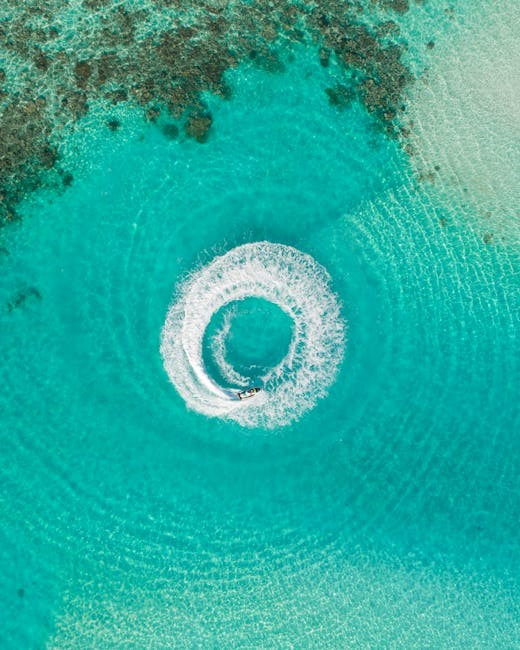
Cost and Budgeting for Boat Guide Posts
Boat guide posts’ costs vary based on materials, installation, and location. Budgeting should consider long-term maintenance and energy efficiency to ensure cost-effective maritime safety solutions.
10.1 Factors Affecting Cost
The cost of boat guide posts is influenced by materials, installation complexity, and location. Durable materials like steel or composite substances increase expenses, while simpler designs reduce costs. Installation in remote or urban areas affects labor and transportation fees. Additionally, advanced features such as solar power or sensors raise prices. Maintenance and upkeep requirements also play a role. Regional regulations may require specific designs, further impacting budgets. Understanding these factors helps in planning and allocating resources effectively for maritime safety infrastructure.
10.2 Budgeting Tips for Effective Implementation
Effective budgeting for boat guide posts involves prioritizing based on waterway usage. Assessing material durability and maintenance needs helps optimize spending. Consider bulk purchasing for multiple installations. Regular inspections reduce long-term costs by preventing major repairs. Allocating funds for eco-friendly materials ensures compliance with environmental regulations. Planning for future upgrades, like solar-powered guides, can enhance efficiency. Balancing quality and affordability ensures sustainable maritime safety infrastructure without financial strain. Proper budget allocation ensures safety, durability, and compliance with local and international standards.
Boat guide posts are essential for maritime safety, enhancing navigation efficiency and reducing accidents. Their proper implementation ensures smooth waterway operations, supporting both recreational and commercial boating activities effectively.
11.1 Summary of Key Points
Boat guide posts are crucial for maritime navigation, ensuring safety and efficiency. They provide clear markers, reducing accidents and enhancing waterway organization. Available in fixed, floating, and adjustable types, they adapt to various environments. Durability, visibility, and stability are key features, while proper installation and maintenance are essential for longevity. Regulatory compliance and eco-friendly designs further highlight their importance. By understanding these aspects, boat guide posts play a vital role in modern maritime operations, supporting both recreational and commercial activities effectively.
11.2 Future Prospects for Boat Guide Posts
The future of boat guide posts lies in innovation and sustainability. Advances in technology, such as smart guide posts with sensors, will enhance navigation and safety. Solar-powered posts and eco-friendly materials are expected to gain popularity, reducing environmental impact. Additionally, integrating guide posts with autonomous navigation systems could revolutionize maritime operations. As waterway traffic increases, the demand for adaptable and intelligent guide posts will grow, ensuring safer and more efficient waterways for generations to come.